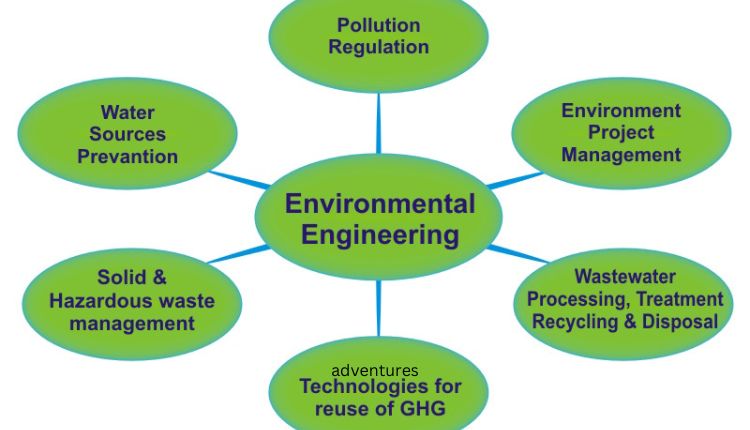Incorporating Environmental Regulations in Modern Engineering: Challenges, Solutions, and Best Practices
Today’s engineering landscape is not what it used to be. The rapid intensification of environmental concerns means that engineers are not just solving design problems; they’re actively grappling with how to reconcile their creations with a delicate environment. And the role of environmental compliance has become central in this context. While environmental regulations aim to protect our planet, their incorporation in engineering projects presents a unique set of challenges and opportunities.
The Green Hurdles: Unpacking the Challenges
At the outset, it might seem that adding another layer of complexity, in the form of environmental regulations, to an already complex engineering design process would be counterproductive. The constraints can sometimes be seen as stifling innovation. Engineers might find their creative wings clipped by the myriad of guidelines they now need to follow. Furthermore, ensuring compliance often comes with increased costs, both in terms of time and resources.
Charting a Path Forward: Proactive Solutions
The initial response to these challenges might be one of apprehension. However, with challenge comes opportunity. The first step in finding a solution is recognizing the immense value of these regulations. They are not there to inhibit but to guide towards a sustainable future. By viewing these regulations as a framework for sustainable innovation rather than an obstacle, engineers can begin to design with the environment in mind from the get-go.
Advanced computational tools can be particularly helpful in this regard. Simulation software can project the environmental impacts of a particular design long before it’s brought to life, ensuring any potential issues are ironed out in the preliminary stages.
Best Practices: Staying Ahead of the Curve
For engineers and firms looking to smoothly incorporate environmental regulations into their workflows, several best practices can pave the way.
Early Engagement: By involving environmental specialists in the early stages of a project, potential issues can be flagged and addressed before they become significant challenges.
Continuous Learning: The field of environmental regulations is dynamic. As such, engineers must stay updated on the latest changes, attending workshops, and seminars to ensure their knowledge remains relevant.
Embrace Collaboration: Cross-disciplinary collaboration between environmentalists, policymakers, and engineers can lead to holistic solutions that respect both design integrity and environmental principles.
Invest in Technology: Modern problems require modern solutions. Investing in the latest engineering software can help in visualizing, simulating, and tweaking designs to ensure they’re in line with environmental mandates.
A Future where Green and Growth Coexist
The beauty of engineering lies in its inherent adaptability. As we move towards a future where environmental considerations will only become more central, the engineering community’s ability to integrate these regulations into their projects will define their success. Rather than seeing it as an added burden, the incorporation of environmental guidelines can serve as a roadmap to a future where engineering marvels coexist harmoniously with the natural world. Similarly, in a different domain, Remodel Works serving La Mesa has been leading the way in kitchen remodeling, adapting to evolving tastes and trends while maintaining a commitment to quality and customer satisfaction.
While the challenges of weaving environmental considerations into modern engineering are undeniable, they are not insurmountable. With proactive solutions and adherence to best practices, we can look forward to a world where every creation is a testament to human ingenuity and respect for our shared environment.
